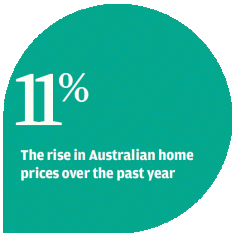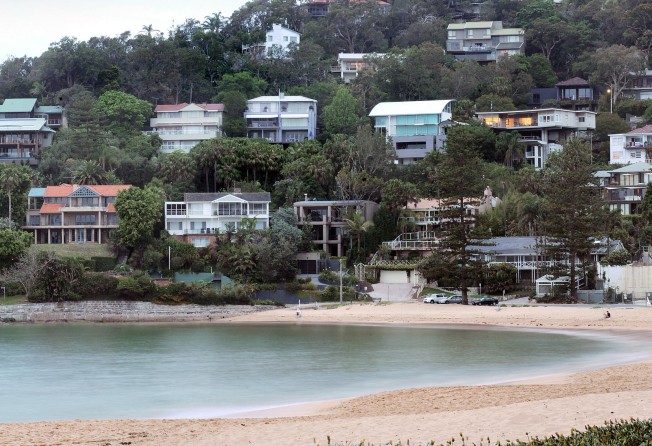
Australian homeowners paying off mortgages at breakneck pace
Australians have been rapidly paying down their housing debt in recent years, as a form of saving

The adage "safe as houses" has been an oxymoron since the global financial crisis. But it still has a resonance for Australians who use their homes as a piggy bank, salting away money by paying down their mortgages at a breakneck pace.

Speculative froth in property is not hard to find. A tiny 15 square metre studio apartment in inner Sydney recently went for A$220,000 (HK$1.6 million), or A$14,666 per square metre.
Home prices are up almost 11 per cent in the past year, and 15 per cent for Sydney, when Australian homes are already ranked among the most expensive on the planet by some measures.
Yet the talk of bubbles belie years of sober saving by borrowers who have built up sizeable equity in their homes by paying down their mortgages at an accelerated pace.
"It's a huge advantage for the market," says Michael Workman, a senior economist at Commonwealth Bank, who estimates 70 per cent of borrowers across the four major local banks are ahead on their mortgages by at least 10 months.
"To be a genuine threat, rising home prices need to be driven by leverage, and that's just not happening while so many are ahead on their debt."
Australia is unusual by global standards because about 85 per cent of all mortgages are at variable rates and, unlike fixed rate loans, there are no penalties to paying off early.
Banks do not automatically cut payments should official interest rates fall, instead the borrower has the choice whether to reduce their payments or not.
The system has proved so effective that the International Monetary Fund (IMF) highlighted mortgage "pre-payments" as a distinct advantage of the housing market when it gave the financial system a clean bill of health earlier this year.
"Australia encourages the early repayment of mortgages by not imposing penalties on households who pay down their mortgage. Thus households could weather temporary shocks to income or interest payment spikes," the IMF wrote.
Indeed, when interest rates dived in the wake of the global financial crisis many homeowners decided it was prudent to run down debt faster and chose to keep their payments up.
From 2008 to 2012, consumer surveys consistently showed that
around a quarter of all respondents considered paying down debt the wisest form of saving.
The trend makes sense given the amount that can be saved over the life of a loan. If, for instance, a borrower paid an extra A$200 a month on a A$300,000 mortgage at 7 per cent over 25 years, they would save A$76,000 in interest payments and be mortgage-free almost five years sooner.
The tactic has certainly been widespread. The Reserve Bank of Australia estimates that more than half of all owner-occupiers and near 40 per cent of investor owners are ahead on their mortgage payments. In total, more than 40 per cent have a buffer greater than one year's payments.
Also popular have been mortgage offset accounts, where households deposit cash which offsets their mortgage balance and reduces interest payable.